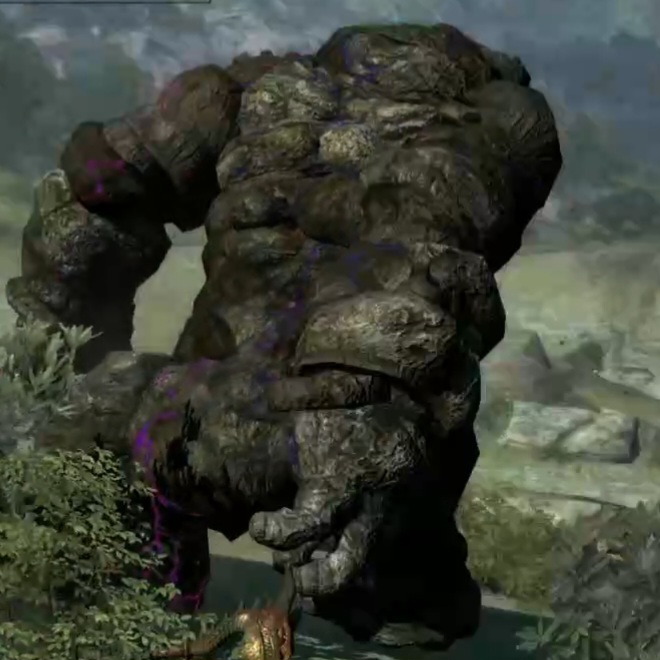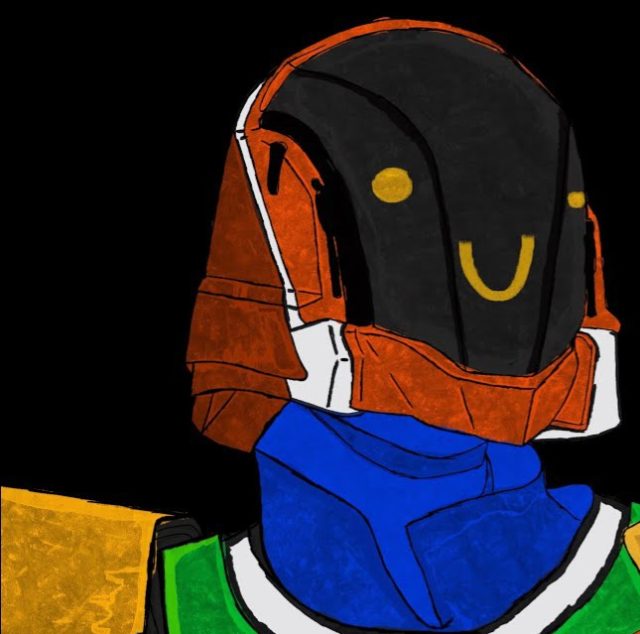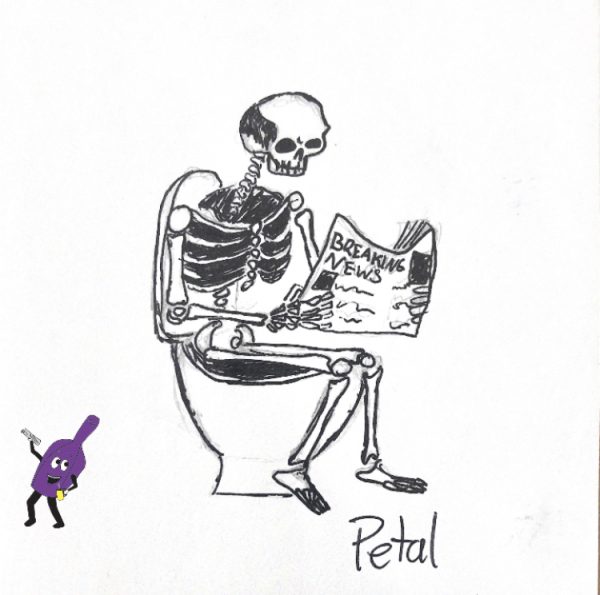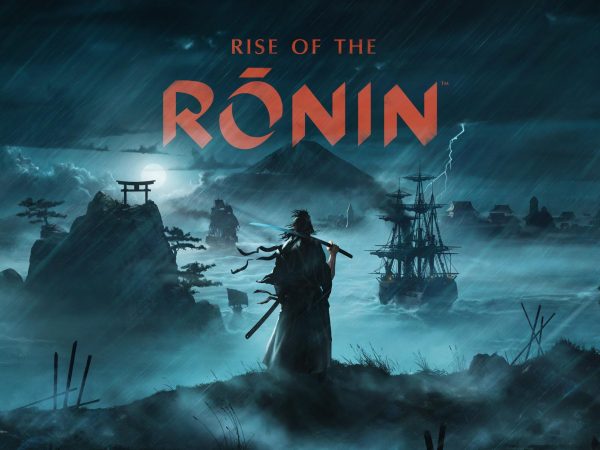DRAGON’S DOGMA
Regarded as one of the best worst games
Screen shot from Dragon’s Dogma
Image courtesy of Capcom
Dragon’s Dogma is a cult classic released by Capcom in 2012. Capcom is well known for its other extremely popular game series such as Resident Evil, Devil May Cry, and Mega Man. Dragon’s Dogma is also extremely popular, managing to not only have over two million downloads within ten days of release but also an animated adaptation on Netflix.
Despite these facts, the average player will not know what this game is…and why is that? The simple answer is that the game has high highs, and low lows. Let’s break down some of those highs.
The Good
The combat in Dragon’s Dogma is extremely good. The game features nine distinct vocations. Each vocation has a different play style. The game has three starting vocations, and six you have to unlock later.
The three starting Vocations are:
- Fighter: Close range, decent damage, powerful parries.
- Strider: All ranges, climbing specialist, good sustained damage.
- Mage: Some offense, buffs and heals, have fun getting hit by basic enemies every five seconds.
The six other Vocations are as follows:
- Assassin: Fighter+Strider+extra damage-climb speed=Assassin
- Ranger: Strider, but your bow is stupidly strong.
- Sorcerer: Mage, but your damage has a two time multiplier, and you can’t heal.
- Mystic Knight: Fighter, but your parries are even more powerful.
- Magick Archer:Strider, but your bow can unleash the wrath of god.
- Warrior: I like big weapons and I can not lie.
Having different skill trees designed to do different things opens up a decent amount of build variety so that different playthroughs still feel fresh.
Additionally Capcom,
sequel when?
Each vocation has its own entertaining play style, keeping combat fresh since you can change vocation whenever you’re in the capital or at the start of the downloadable content (DLC). Now that you have chosen what Vocation you’ll use, you can start the best part of the game, combat.
Each vocation has its own entertaining play style, keeping combat fresh since you can change vocation whenever you’re in the capital or at the start of the downloadable content (DLC). Now that you have chosen what Vocation you’ll use, you can start the best part of the game, combat.
Regular enemies in Dragon’s Dogma aren’t very complex at all; just hit them and they die. The bigger monsters are where the uniqueness begins. The large monsters usually have breakable body parts and weak points letting you gain unique items or stun/make the enemy vulnerable. The extreme end of this is that enemies that are immune everywhere except their weak points (like the stone golems or dragons).
These force you to be creative in your approach. Some enemies, on the other hand, have strategies that can make the fight easier or harder depending on the order you defeat the body parts. One of the first enemies you’ll face enforces this idea: The Manticore. If you don’t get rid of the snake your party will be poisoned very quickly; the goat will harass you with spells if you don’t get eliminate it. These experiences will enforce how the player looks at fights in the game, and combat will keep the player enthralled until the encounter is over.
The only issue is once the encounter is over.
How Low Can You Go?
Dragon’s Dogma has a lot of walking, and fast travel is very limited. In order to fast travel you have to put down a portcrystal (which are fairly rare, and heavy) and then expend a very limited consumable. This was circumvented in the Dark Arisen (2013) version of the game, however for anyone playing the original version, they had to assess every single time they thought about using a ferrystone.
The game also possesses a large number of pointless cutscenes. When I say pointless, I mean things like throwing you into a cutscene for one line of dialogue. There are also cutscenes that just zoom in on something you can already see. Being constantly thrown back and forth between gameplay and cutscene like this ruins game flow.
Certain enemies and areas also apply status effects to you. While status effects aren’t a bad thing, most high level enemies are just outright immune to them; some status effects are debilitating, like silence. Silence doesn’t let you cast any magic at all. The only way to cure silence is with expensive consumables (relatively speaking). So if you’re playing a class that relies on magic, you’re out of luck.
Additionally the spell that takes twenty minutes to cast: stupid! Why is that a thing? The only reason to do it is for the memes. There are more skills in game that are somewhat stupid. The Assassin has passive skills that increase damage when you’re alone, but the only way to be alone is to kill your pawn (which is a very time-consuming process). Besides that point, the game is designed to be played with at least one pawn, so many encounters don’t work as well when you’re going around solo the whole time (unless you grind to max level).
The game’s DLC, which you access from very early on, has a far higher level of difficulty when compared to the base game. The DLC is meant to be played through in one chunk, and then replayed ad nauseam (this style of gameplay is often referred to as roguelike). The DLC also has the most powerful gear in the game, which not only has high attack and defense, but you can even get gear with additional abilities. The issue with this, however, is that not only is the gear randomized (on levels, type, and passives), you also have to use Rift Crystals – an extremely rare currency to cleanse the gear and be able to use it.
Dragon’s Dogma has many great aspects that make it worth replaying. However, it also has many bad parts included alongside those. This usually causes players to either absolutely love or hate the game.
This back and forth makes the game hard to rate, since it feels completely different between both parts of the game. The combat is good…but the exploration is bland for the most part, and it isn’t encouraged to go to faraway places, save but a few moments make the exploration a trog. The overall game is a solid Dragons Bite out of the Blackwing Bow: high highs, low lows.
Additionally Capcom, sequel when?













